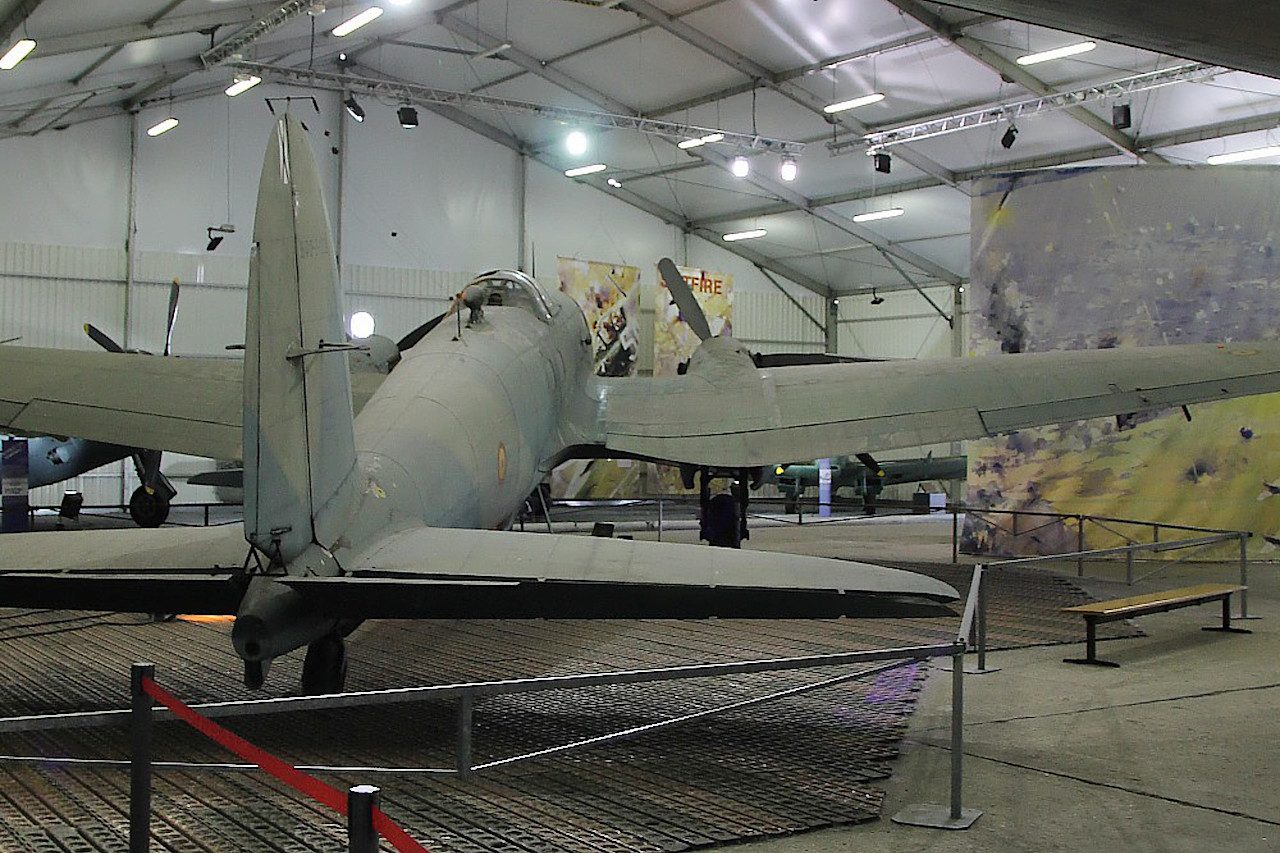CASA C-2.211D Reconnaissance Aircraft (Le Bourget)
In 1932, the Ernst Heikel aircraft company introduced the single-engine civil aircraft He 70 "Blitz" (Lightning), which reached a speed of 320 km/h, breaking the speed record. The Luftwaffe offered the designer to create a medium bomber based on it. As a result, on February 24, 1935, the He 111 twin-engine bomber made its first flight, retaining the main aerodynamic features of its predecessor. Having made its debut in 1937 in the Spanish Civil War, this aircraft became the main bomber of the Luftwaffe and participated in combat operations on all European fronts of World War II. Production continued until 1944, with a total of 7,603 units built. The He 111 had many modifications and could carry from 1,500 to 3,000 kg of bombs or torpedoes for a distance of up to 2,000 km.
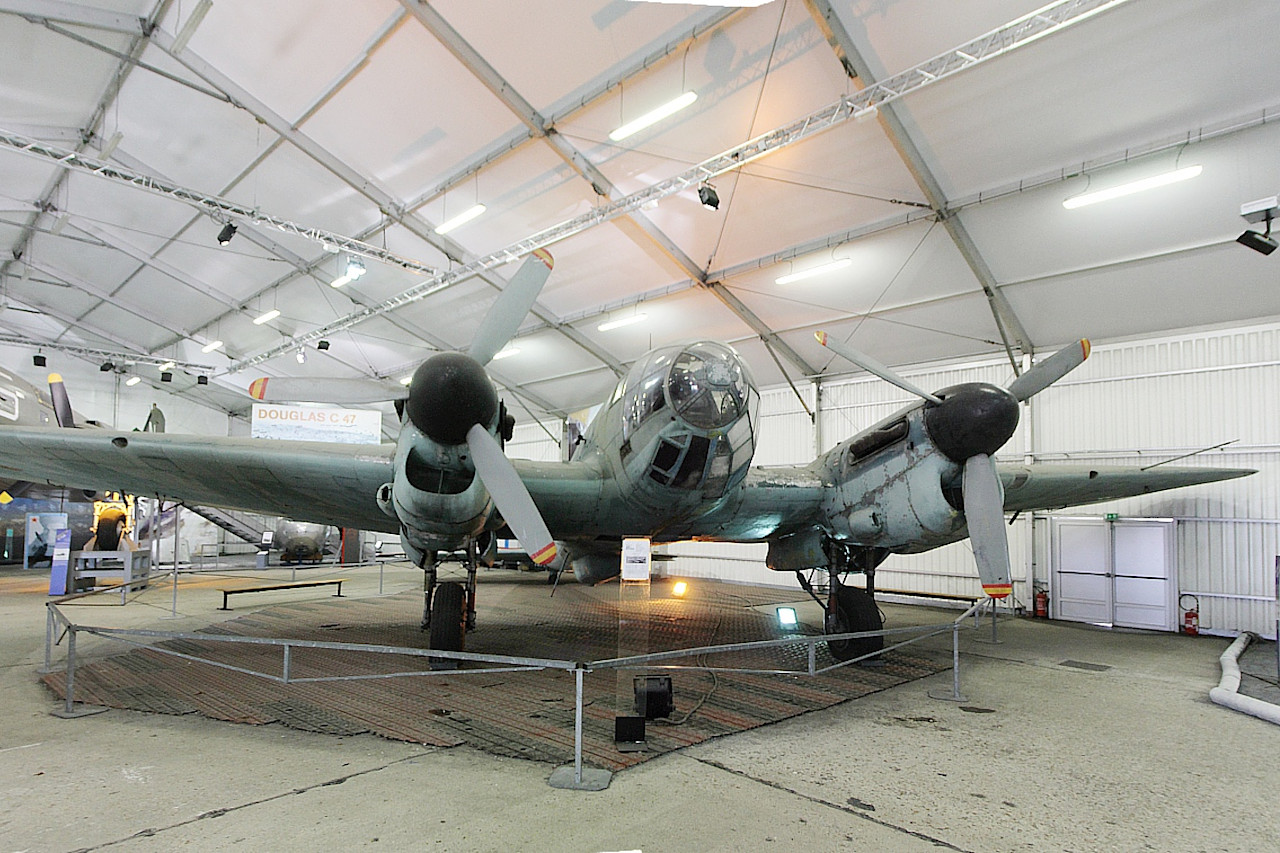
In 1940, the Spanish aircraft corporation CASA signed a contract with Heinkel to produce 200 copies of the He 111 H-16 under license. However, difficulties immediately arose with the delivery of Jumo 211 engines from warring Germany, since Spain adhered to neutrality. The problem was partially solved by purchasing engines through France, where they were disassembled and sent to Spain for spare parts. Germany, preoccupied with its own problems, could not help in the preparation of production, so the first flight of the Spanish version of the He 111 took place after the end of the war, on May 23, 1945. With Jumo engines no longer in production, 130 aircraft were built in three versions: the 2.111 A bomber, the 2.111 C photo-reconnaissance aircraft, and the 2.111 F dual-control training aircraft. In the Spanish Air Force, they received the names B. 21, BR.21 and T. 8B, respectively .
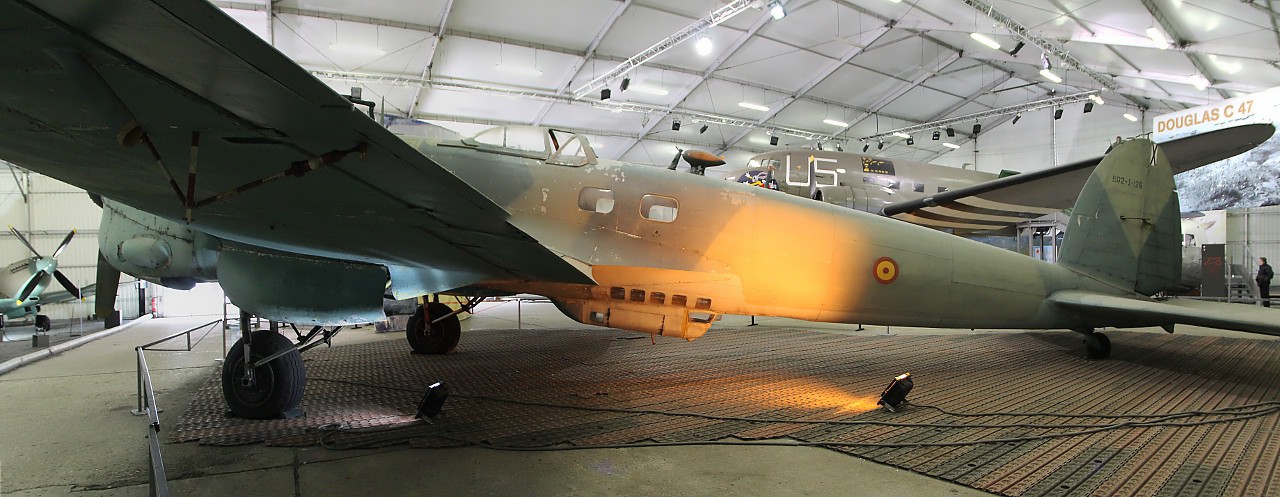
Further, Rolls-Royce Merlin 500-29 engines were purchased in the UK. The first aircraft with these engines took off on August 3, 1951, and until 1956, about a hundred more copies of the 2.111 B bombers and 2.111 D reconnaissance aircraft were built. Production continued until 1956, when the total number reached 236 units. The only external difference between these aircraft is the nacelles. The air intakes of the radiators are much larger and are pushed far forward, to the very plane of rotation of the screw.
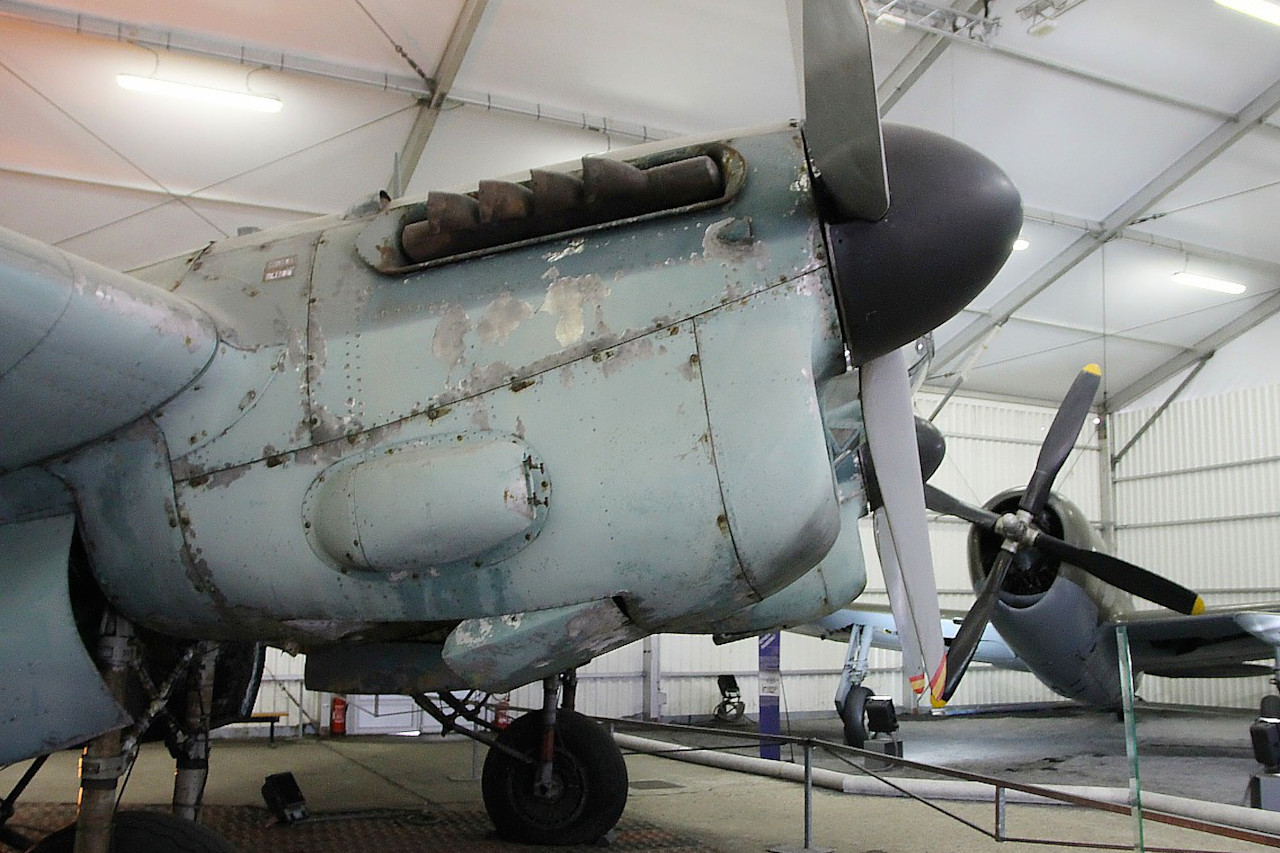
CASA C-2.111 aircraft took part in the Infini War in the Spanish Sahara from May 1956 to February 1957. The last bomber was decommissioned in January 1975. The Air and Space Museum houses CASA C-2.111D (BR.21) with the registration number BR.21-129, it was purchased from the Spanish government in 1975 and made its last flight, landing in Le Bourget.
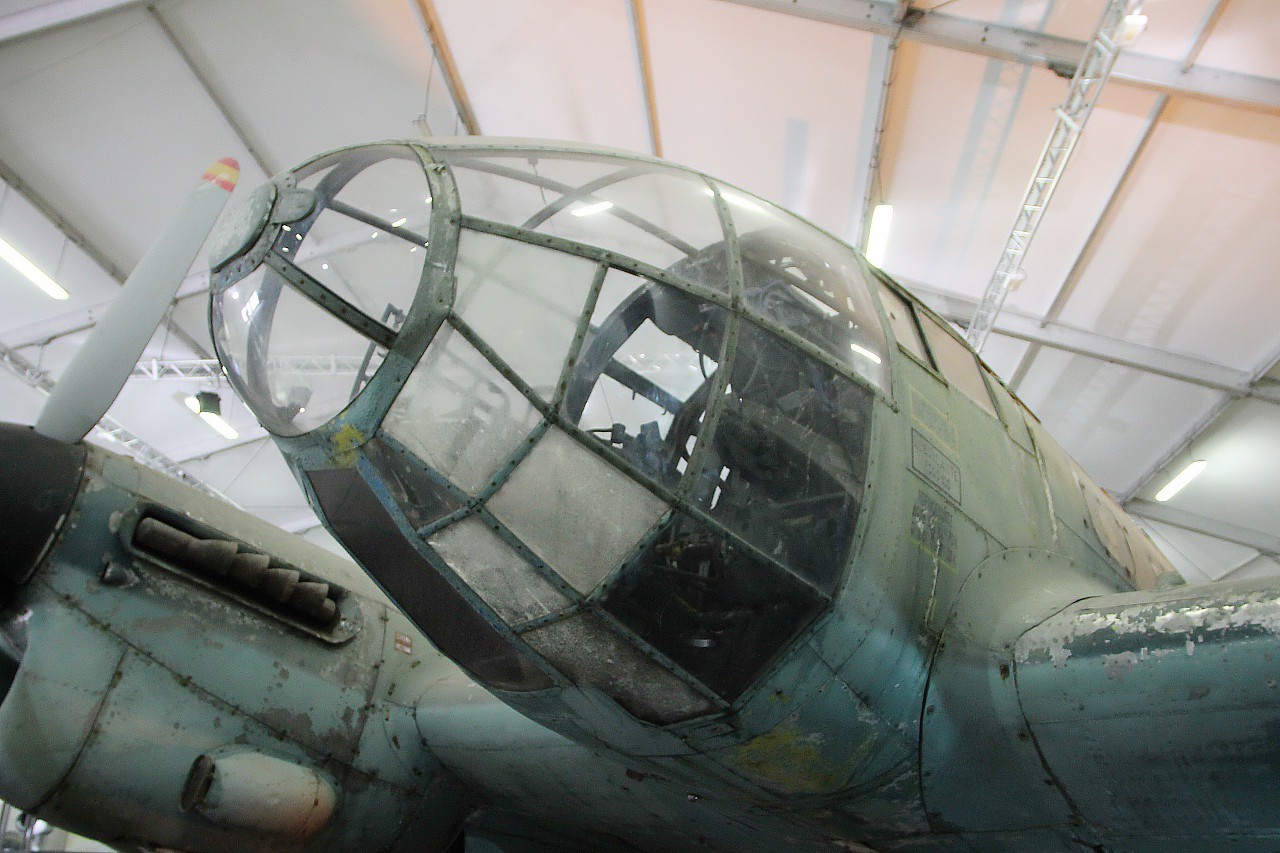
Spanish CASA C-2.111s participated in the filming of The Battle of Britain (1968) and Patton (1972), playing the role of their German parents. I have seen these bombers many times in other films and photos, but in reality the plane was much larger than I imagined.
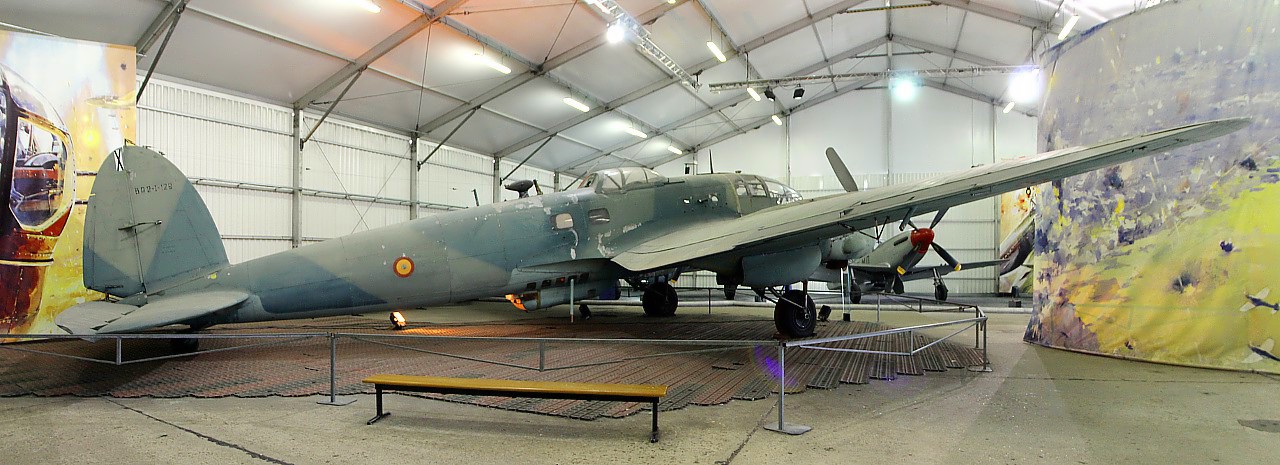
Casa C-2.111D BR.21 is equipped with two Rolls-Royce Merlin 500-29 engines with a power of 1,577 hp each. Wingspan 22.60 m, wing area 87.60 m2, length 16.40 m, height 5.60 m. Curb weight 13990 kg, maximum speed 440 km / h, practical ceiling 7800 m, flight range 1950 km. The crew is 5 people.
